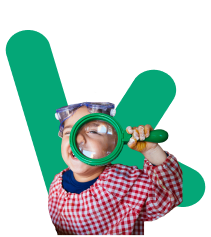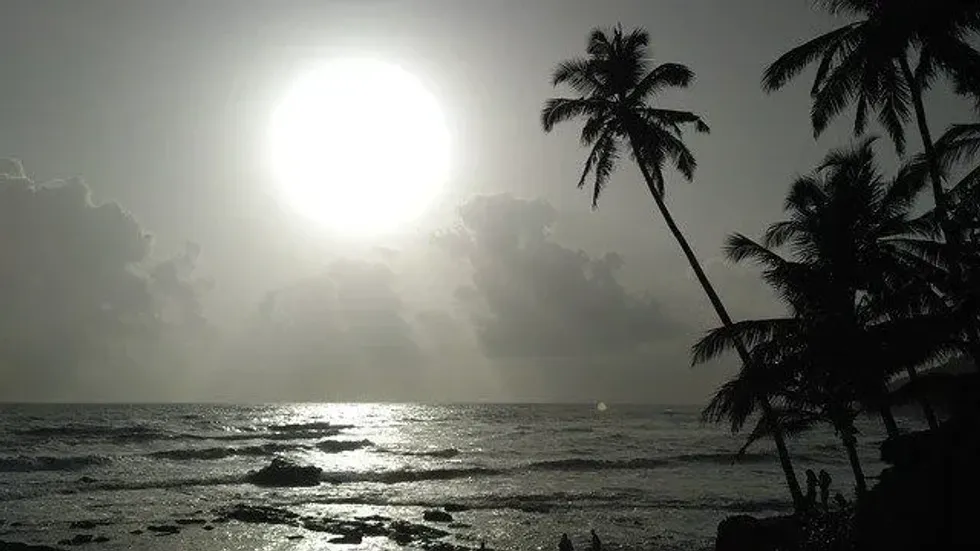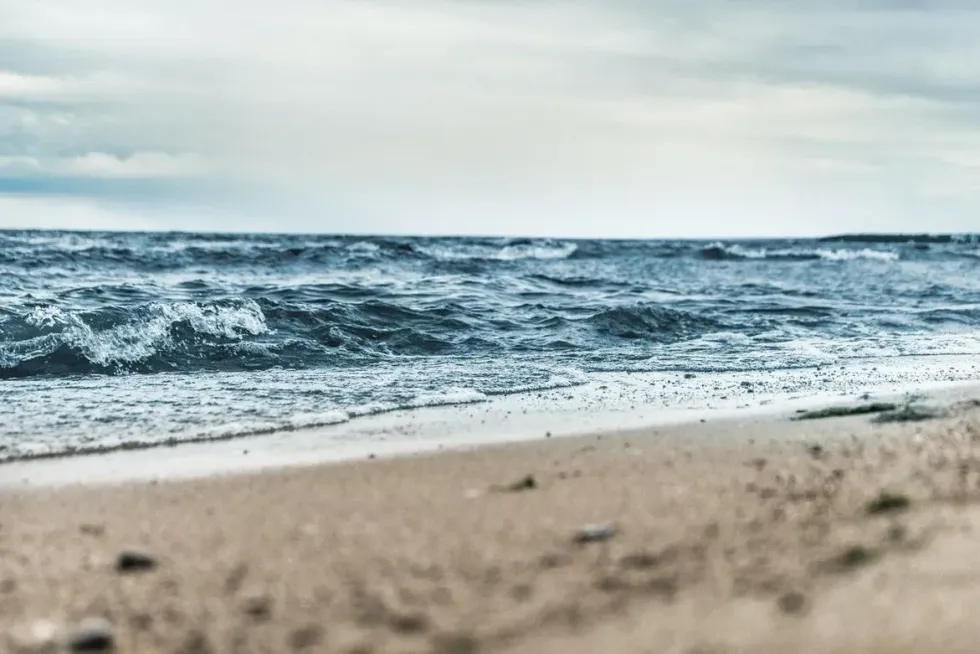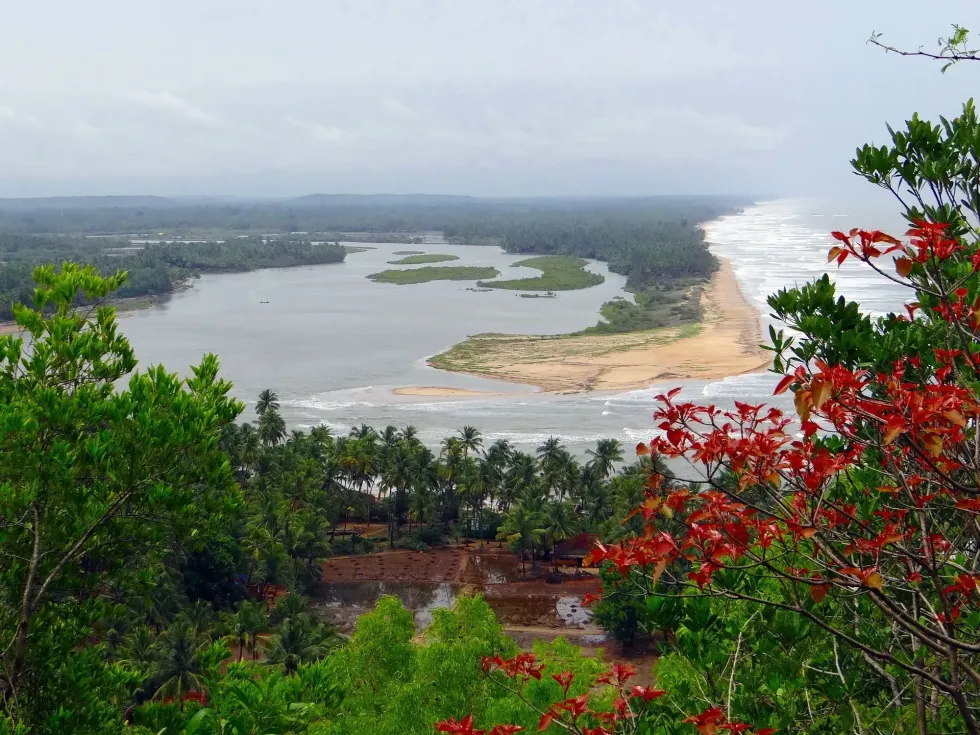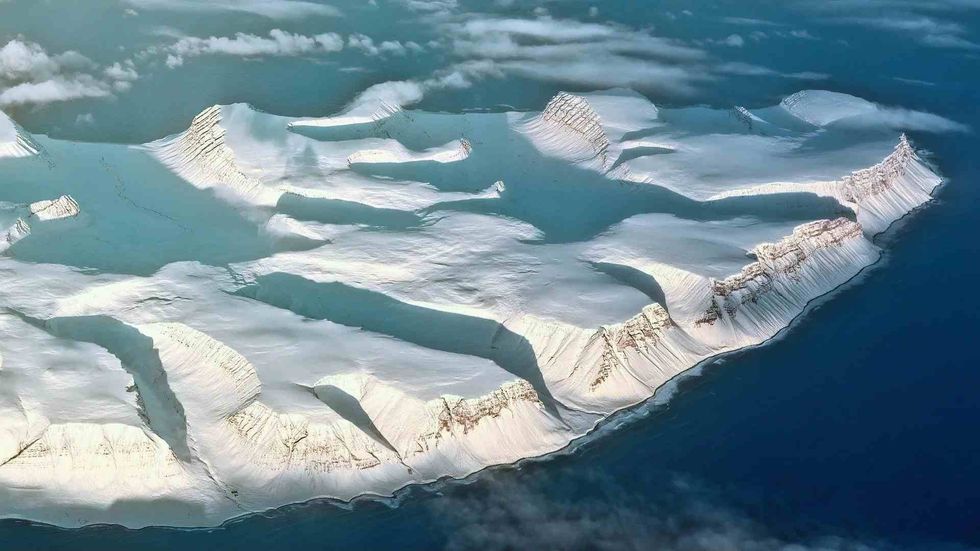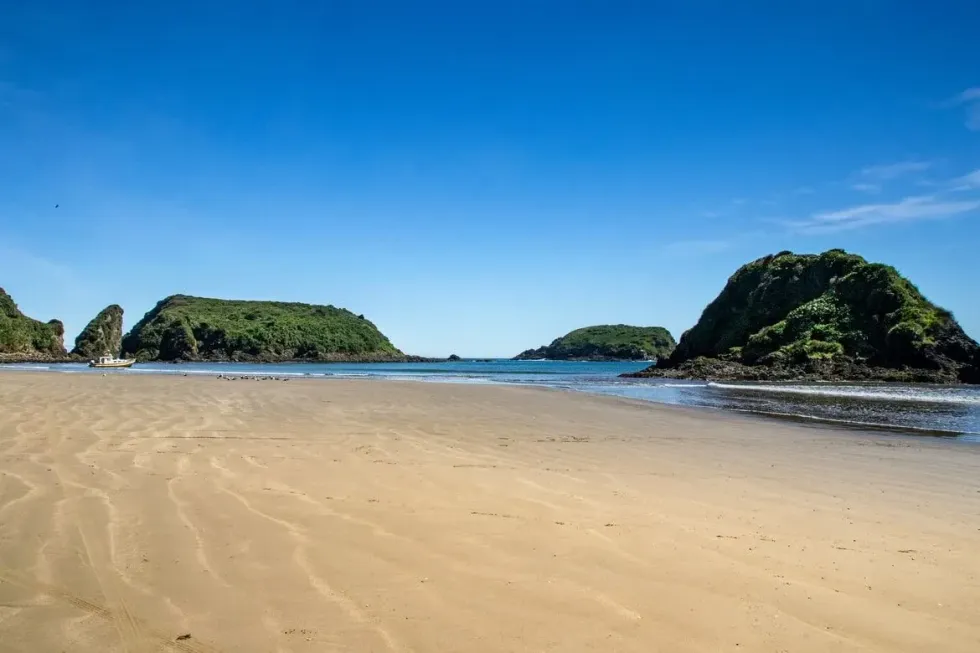Sensational Facts About The Sea Of Marmara And Its Marine Life
The Sea of Marmara is an inland Sea surrounded by Turkey, a transcontinental country.
The maximum depth of the sea of Marmara is approximately 4495 ft (1,370.1 m), with an average depth of 1624 ft (495 m). The Gulf of Zmit, the Gulf of Bandrma, the Gulf of Gemlik, and the Gulf of Erdek are all located on the south coast of the sea.
In addition, the harbors surrounding the Princess and Marmara Islands are suitable anchorages with beautiful scenery. The Marmara region is Turkey's smallest but most densely populated region of the country's seven geographical areas. Landlocked seas connected to the oceans by small canals or straits are known as inland seas.
The Sea of Marmara separates Asian and European Turkey. The Bosphorus Strait connects it to the Black Sea in the northeast, and the Dardanelles Strait connects it to the Aegean Sea in the southwest. The sea of Marmara is a portion of the Turkish Straits Network, which also includes the Bosphorus and the Dardanelles Straits.
